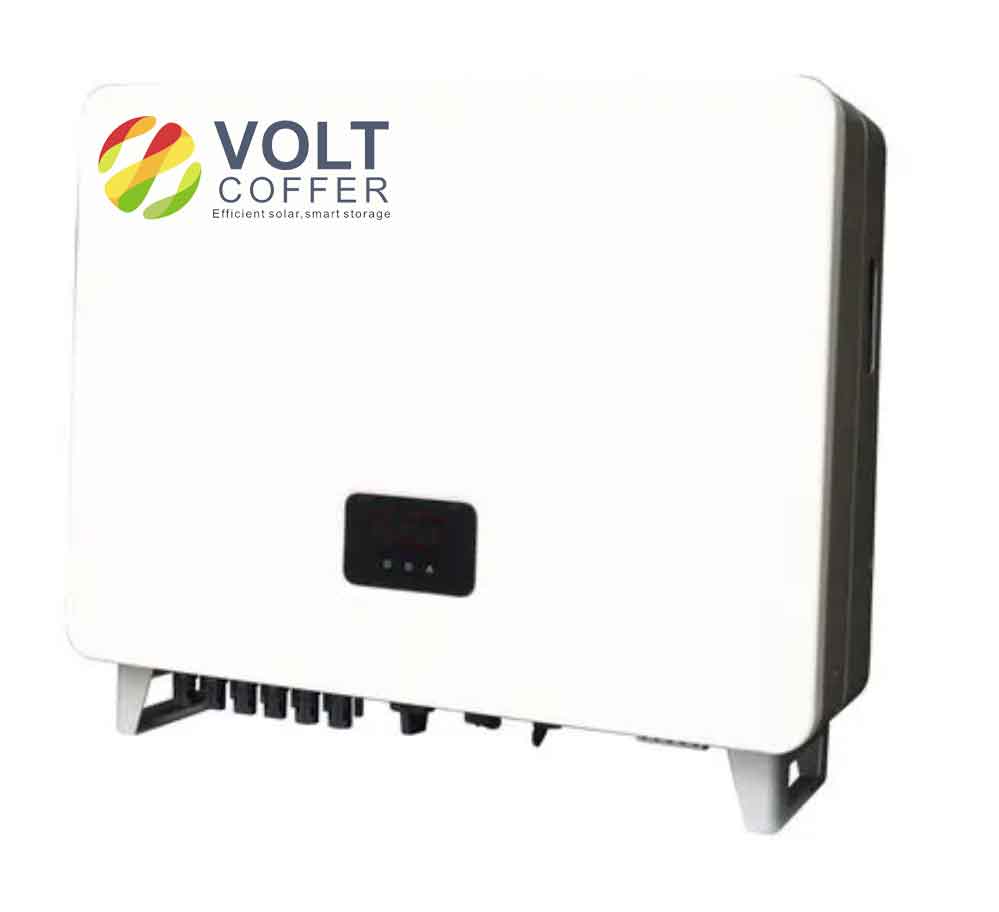Islanding inverter is used in a variety of market segments, each with specific requirements and expectations. Here’s a comparative analysis of how islanding inverter technologies are adapted and used across residential, commercial, industrial, and utility-scale segments:

1. Residential Segment
Key Features:
- Size and Scalability: Residential islanding inverter is generally smaller and designed for lower power requirements, typically ranging from a few kilowatts to 20 kW.
- Simplicity and User-Friendliness: Islanding inverter is designed for ease of use, with simple interfaces and minimal maintenance requirements, making them suitable for homeowners who may not have technical expertise.
- Cost-Effectiveness: Affordability is crucial in the residential segment, so islanding inverter is often designed to balance performance with cost.
Challenges:
- Limited Space: Installation space is often constrained in residential areas, requiring compact design solutions.
- Regulatory Compliance: Residential islanding inverter must comply with local electrical codes and standards, which can vary significantly.
2. Commercial Segment
Key Features:
- Higher Capacity and Efficiency: Commercial islanding inverter typically range from 20 kW to several hundred kilowatts. They are designed to handle higher energy demands with greater efficiency.
- Advanced Features: Commercial systems often include features like remote monitoring, advanced grid support, and demand response capabilities.
- Reliability and Durability: These systems prioritize reliability and long-term durability to ensure continuous operation and reduce downtime.
Challenges:
- Complex Installation and Maintenance: Commercial installations can be complex, requiring professional maintenance and periodic upgrades.
- Higher Initial Investment: The upfront costs are higher, though they can be offset by long-term energy savings and potential tax incentives.
3. Industrial Segment
Key Features:
- Robustness and High Capacity: Industrial islanding inverter must be extremely robust, often capable of handling several megawatts of power. They are built to withstand harsh environments and heavy usage.
- Customizability: Islanding inverters is highly customizable to specific industrial needs, including integration with industrial control systems and processes.
- Advanced Grid Services: They often provide advanced grid services, including voltage regulation and frequency stability.
Challenges:
- Operational Complexity: The complexity of managing energy in industrial settings requires sophisticated management systems.
- Safety and Compliance: Strict safety standards and compliance with industrial regulations are essential to prevent accidents and ensure continuous operations.
4. Utility-Scale Segment
Key Features:
- Maximum Capacity and Grid Integration: Utility-scale islanding inverter is the most powerful, designed to feed large quantities of power into the grid, often exceeding several megawatts.
- High Reliability and Smart Functions: Islanding inverter is equipped with high-end functionalities for smart grid interaction, real-time monitoring, and predictive maintenance.
- Energy Storage Integration: Integration with large-scale energy storage is common, allowing for energy balancing and peaking capacity.
Challenges:
- Complex Regulatory Environment: Utility-scale systems must navigate a complex regulatory landscape, ensuring compliance with national and international standards.
- Large-Scale Coordination: Coordinating large-scale installations and ensuring compatibility with existing grid infrastructure require significant planning and coordination.
Conclusion
Each market segment presents unique challenges and requires specific features from islanding inverter. While residential and commercial segments prioritize cost-effectiveness and ease of use, industrial and utility segments focus on robustness, capacity, and advanced grid functionalities. As technology evolves, the distinctions between these segments may blur, with advances in one segment often benefiting others. Manufacturers and system designers continue to innovate, driven by market demands and the ongoing integration of renewable energy sources into the global energy matrix.
